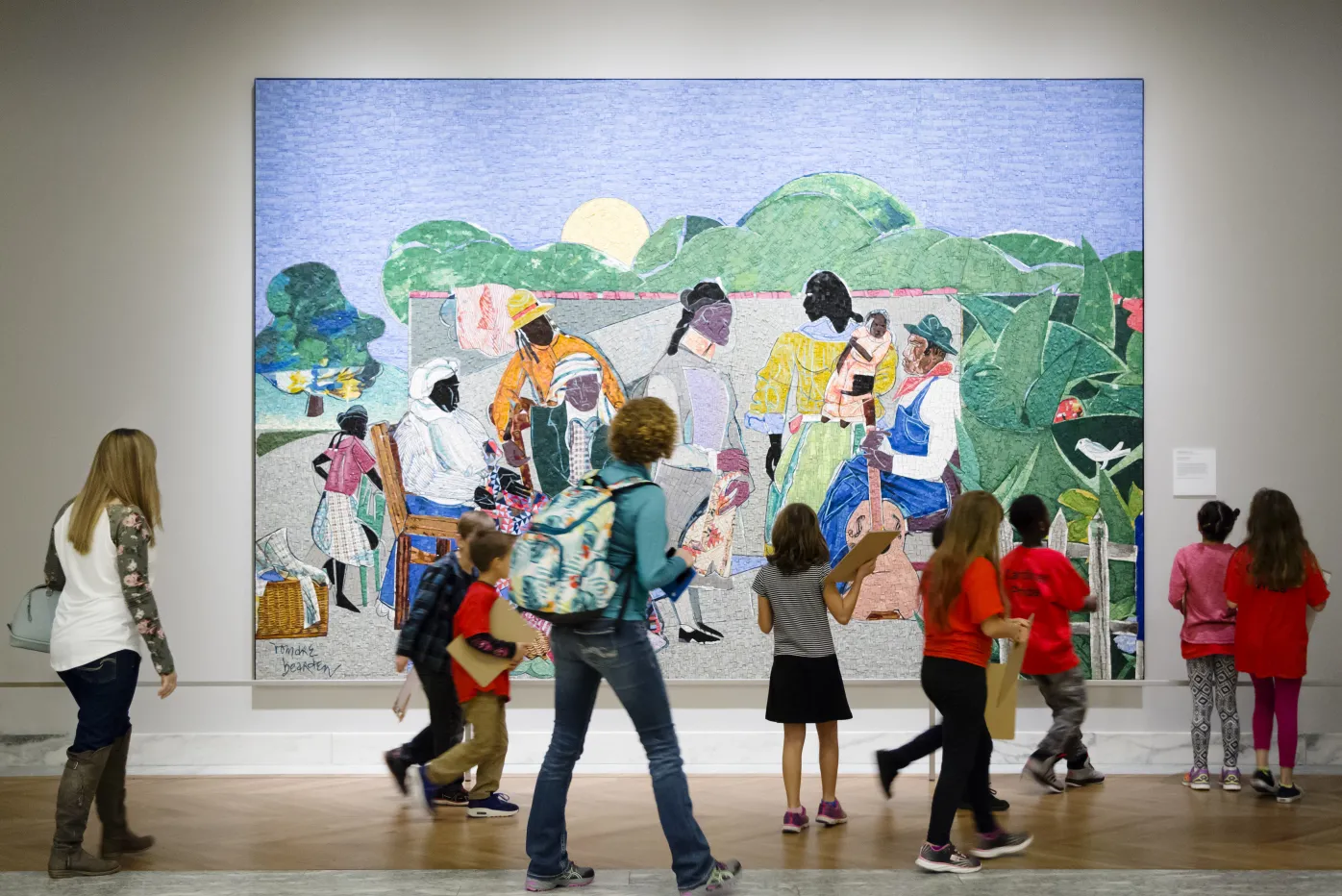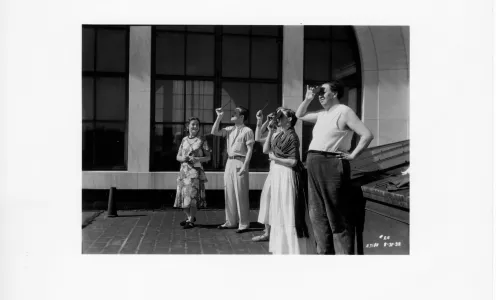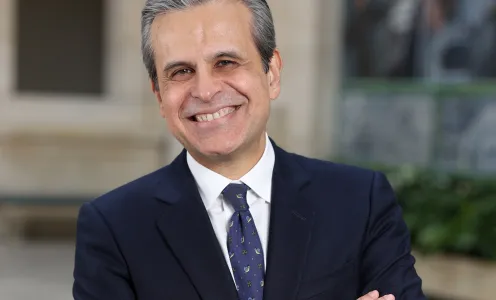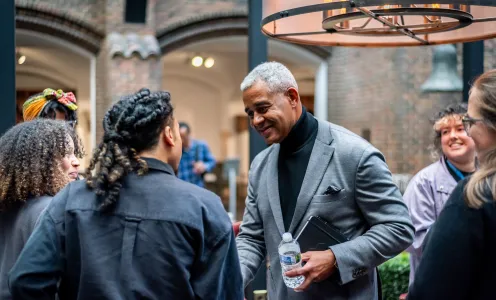This piece originally ran as an op-ed in the Wall Street Journal.
Nearly four years after the Covid-19 pandemic began, art museums in the U.S. continue to struggle. According to the American Alliance of Museums’ annual survey of museum-goers, published in November 2023, visitation at two-thirds of them remains below pre-2020 levels. Pandemic relief funds are depleted, and other forms of government support are being scaled back. In addition, inflation is driving up operating costs.
Some museums have responded by raising ticket prices, curtailing programming and cutting staff. Unfortunately, the Dallas Museum of Art, the San Francisco Museum of Modern Art and the Solomon R. Guggenheim Museum have all implemented layoffs. Earlier this month, New York’s Rubin Museum announced plans to sell its building and transition to a “museum without walls” approach.
At the Detroit Institute of Arts, we know what it is to face financial uncertainty. Between the Great Depression and 2012, we lived with it. The year after the 2008 recession, for example, the leadership was forced to lay off nearly 90 employees. Struggling with minimal public funding, an insufficient $62 million operating endowment, and a $26 million operating budget, our days seemed to be numbered. We had a $25 million line of credit and relied on private donors and corporations to raise the necessary funding for us to break even at the end of the year. It felt as if our mission was simply to survive.
Yet since 2012 the DIA has been on a path to financial self-sufficiency using a new business model. We believe it could serve as a framework for other institutions in today’s difficult economic climate.
That year, the residents of Macomb, Oakland and Wayne counties, which surround and include the DIA, voted in support of a millage, a property tax whose proceeds would be collected and transferred to the DIA to be used for the support and operation of the museum for a period of 10 years. Thus, a property owner with a home value of $200,000 pays approximately $20 per year in additional taxes.
The millage gave the DIA something it never had: revenue predictability. Every year for a decade the museum was able to count on enough revenue to provide about two-thirds of its operating budget. The remaining third came primarily from fundraising and earned income. Any additional funds raised were invested in our operating endowment to secure the museum’s future. Our business model helped to ensure that during the pandemic, the DIA could operate without layoffs or furloughs.
The millage laid the groundwork for a partnership between the museum and the Tri-County communities that keeps the DIA fully engaged and relevant to our diverse audiences. Residents receive unlimited free general admission to the museum and the majority of our temporary exhibitions. Furthermore, we provide free field trips for all K-12 school groups and local senior organizations, including the cost of group transportation. We also partner with municipalities and nonprofits to bring museum experiences outside of the building and directly into the community.
Yet this hard-won progress was nearly lost in 2013 when Detroit filed for bankruptcy. Because the city owned the museum building, its grounds and the art collection—one of the best encyclopedic collections in the country, one that includes the first Van Gogh and Matisse paintings to enter an American museum, the celebrated Diego Rivera murals and one of the top collections of African-American art in the world—there was a real possibility that all or part of our holdings would be sold to satisfy the city’s creditors.
Fortunately, through the generosity of foundations, corporations, individuals and city pensioners, that didn’t happen. And today, no longer owned by the city of Detroit, the DIA operates as an independent nonprofit holding the museum’s assets in a perpetual charitable trust. But that near-death experience confirmed the wisdom of our long-term plan.
In 2020 Tri-County residents voted to renew the millage through 2032. And so, thanks to this support, plus our fiscal responsibility and fundraising, the DIA is now in the best financial position in its history and carries no debt. This fiscal year, the millage is expected to provide $28.6 million—68% of the museum’s annual $41.8 million operating budget. The remainder of our budget continues to be supported primarily by fundraising and earned income.
Consequently, we are able to maintain full staffing levels, robust community engagement, a growing reputation for our world-class exhibitions, meaningful educational programs and new opportunities for emerging artists. Visitation levels are now very close to pre-pandemic levels, with over 600,000 visitors coming to the DIA in 2023.
Just as important, we have the breathing room to continue executing the long-range plan of building our operating endowment, currently valued at $385 million. Our goal is to reach $500 million by 2027 and about $800 million by the time the millage ends. We currently don’t withdraw funds from our operating endowment, but instead reinvest its income. Once we reach our goal, this endowment will generate enough revenue to replace what the museum annually receives from the millage, allowing us to weather economic uncertainty while continuing to deliver world-class art and educational experiences.
Though our model may not be replicable in every community, we believe it illustrates how creative partnerships can form between the public and cultural institutions. It is through this unique funding model that we can find an alternative path to sustainability for cultural institutions. We still have a lot of work to do to get our operating endowment to the level that we need to achieve financial independence, but we have a realistic path to accomplish this goal. We are very grateful for the support we receive from our Tri-County communities and we look forward to continuing to serve them at the highest possible level.
Mr. Salort-Pons has served as the director of the Detroit Institute of Arts since 2015.



